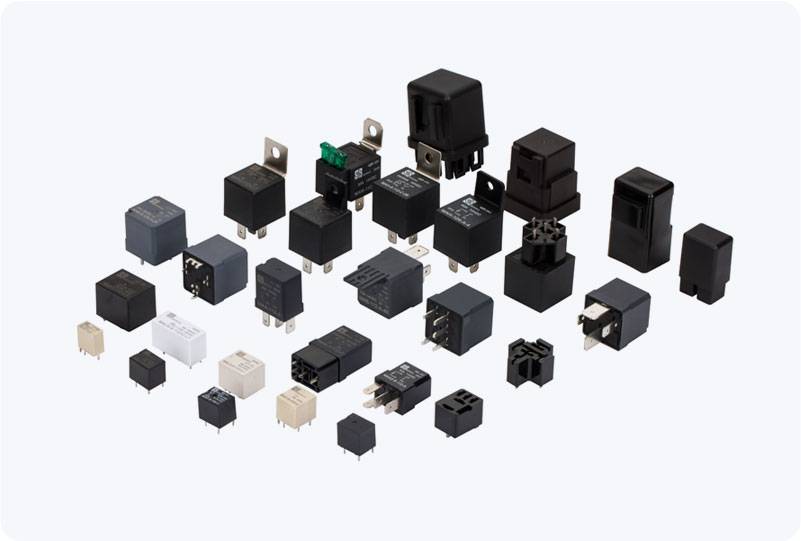Electric vehicles (EVs) are rapidly gaining popularity as an eco-friendly alternative to traditional gasoline-powered cars. At the heart of every electric vehicle lies a complex and intricate electrical system that powers its motors and other components. One crucial component of this system is the EV battery relay, a vital part of managing the energy flow from the battery to the rest of the vehicle’s electrical components. This article explores the role, functionality, and importance of EV battery relays in electric vehicles.

What is an EV Battery Relay? An EV battery relay is an electrical switch that controls the connection between the high-voltage battery and the rest of the electric vehicle’s powertrain. It acts as a gatekeeper, enabling and disabling the flow of electrical current from the battery to the electric motor and other parts of the vehicle’s system. This relay is designed to handle high currents, as it needs to control the substantial amount of power drawn from the EV’s large battery pack. The main function of the EV battery relay is to ensure safe operation and prevent any damage to the vehicle’s electrical system. It is responsible for managing the battery’s charge and discharge cycles, ensuring that the battery is only connected when needed, and disconnecting it in case of any fault or malfunction in the system.
Leave a Reply